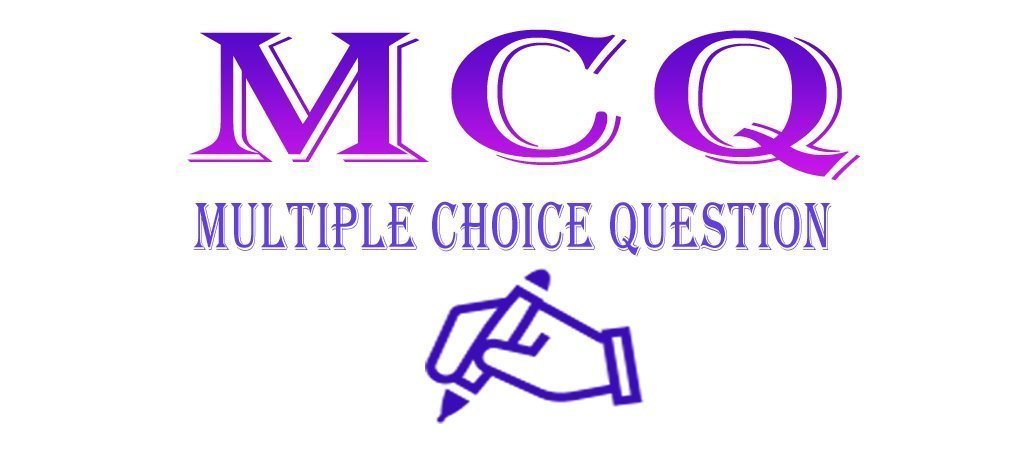Q1: The diameter of most animal cells ranges from
A) 1.0 to 10 µm.
B) 0.01 to 0.1 µm.
C) 10 to 100 µm.
D) 100 to 1000 µm.
E) 0.1 to 1.0 µm.
Q2: Which of the following is a feature found in BOTH prokaryotic and eukaryotic cells?
A) extensive array of intermediate filaments
B) multiple linear chromosomes in each cell
C) ribosomes that accomplish protein synthesis
D) mitotic spindles that partition chromosomes into the daughter cells
E) All of the above are found in both types of cells.
Q3. Knowing what you know about phospholipid bilayers; if you wanted to build your own membrane protein, what would your amino acids need to have in order to stay in the membrane?
A) negatively charged groups
B) hydrophilic groups
C) positively charged groups
D) hydrophobic groups
E) glycosylations
Q4: What make parts of the endoplasmic reticulum rough? The presence of
A) budding vesicles
B) proteins in the membrane
C) ribosomes
D) glycosylations
E) intermediate filaments
Q5: The proteins that make up the electron transport chain in animals are located
A) on the outer mitochondria membrane
B) on the inner mitochondria membrane
C) in the mitochondria matrix
D) in the cytoplasm
E) in the nucleus
Q6: CFTR is a human plasma membrane glycoprotein. If a cell is currently synthesizing CFTR, in what areas of the cell will these proteins be found?
A) Plasma membrane, Golgi apparatus and smooth endoplasmic reticulum
B) Plasma membrane, Golgi apparatus and rough endoplasmic reticulum
C) Plasma membrane, lysosomes and rough endoplasmic reticulum
D) Plasma membrane, vesicles, Golgi apparatus and rough endoplasmic reticulum
E) Plasma membrane
Q7: A researcher made an interesting observation about a protein that was translocated into the rough endoplasmic reticulum (ER) during its synthesis and eventually ending up in the plasma
membrane. Significantly, the protein in the plasma membrane was found to be slightly larger than the cognate protein in the ER. The protein was probably changed in the
A) Golgi apparatus
B) smooth endoplasmic reticulum
C) mitochondrion
D) nucleus
E) lysosome
Q8: Clathrin, a member of the coating protein family, is responsible for:
A) Bending the membrane into a pit
B) Directing the vesicles to the proper compartment
C) Pinching off of the vesicle from the donor compartment
D) Fusing the vesicle to the target compartment
E) The transport of the vesicle along microtubules
Q9: Lysosomes can be expected to be present in large numbers in cells which
A) secrete peptide hormones
B) are migrating
C) are actively dividing
D) carry out phagocytosis
E) replicate DNA
Q10: A cell makes both a signaling molecule and the receptor for that signaling molecule in which mode of signaling?
A) Paracrine
B) Endocrine
C) Autocrine
D) Neuronal
E) Contact dependent
Q11: Which of the second messengers listed below remains bound to the plasma membrane?
A) Diacylglycerol
B) Ca2+
C) IP3
D) cAMP
E) cGMP
Q12: Ca2+/calmodulin-dependent protein kinase
A) can be activated by nuclear receptors
B) binds four calcium ions for full activation
C) can remain active long after the original stimulus that led to activation has disappeared
D) is an integral membrane protein
E) is activated by calcium released from the Golgi apparatus
ANSWER:
- 10 to 100 µm.
- ribosomes that accomplish protein synthesis





Leave a Reply
You must be logged in to post a comment.